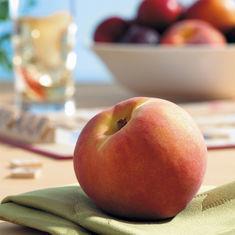
Extremely cold weather in western North America last week is benefiting deciduous fruit crops, while storms in the Atlantic have been disrupting shipments from Central America.
As growers returned to their fields this week in California they reported a positive impact from the ice storms as they struck right in the middle of the four-month dormancy period for cherry trees. “During this time of year, they need cold temperatures to produce an optimum crop the following spring,” said Neil Gordon of the UK office of the California Cherry Advisory Board. “Ideally cherries are exposed to 1,000-1,200 hours of temperatures below 45°F [during their dormant period] to produce optimum bloom and fruit set.
Ahead of the 2007 cherry season, the main production area around Lodi has already had 833 chill hours. This is great news for the cherry industry and makes for an ideal situation leading up to the spring harvest.”
The effects have been similar for plums, grapes, apples and peaches. “In contrast to the severe challenges now facing our colleagues in the citrus industry, California stonefruit orchards are reaping critical benefits from the most chill hours in the San Joaquin valley since the winter of 2000-01,” said Gordon Smith, international marketing manager of the California Peach, Plum & Nectarine Industry. “More chill hours means a longer dormancy period which is a welcome break to California peach, plum, and nectarine orchards after a long, hot summer.”
But storms in the Atlantic have caused severe delays to shipments from Central America of tropical produce. “All the ships from the tropics are delayed by several days if not a week,” said Dickon Poole of JP Fruit. “This is affecting not just bananas but melons and pineapples, and is leaving people scrabbling for supplies.”
Meteorologists attribute the weather patterns to a more exaggerated jet stream of air currents in the northern hemisphere than usual as well as a knock-on effect from El Niño.



